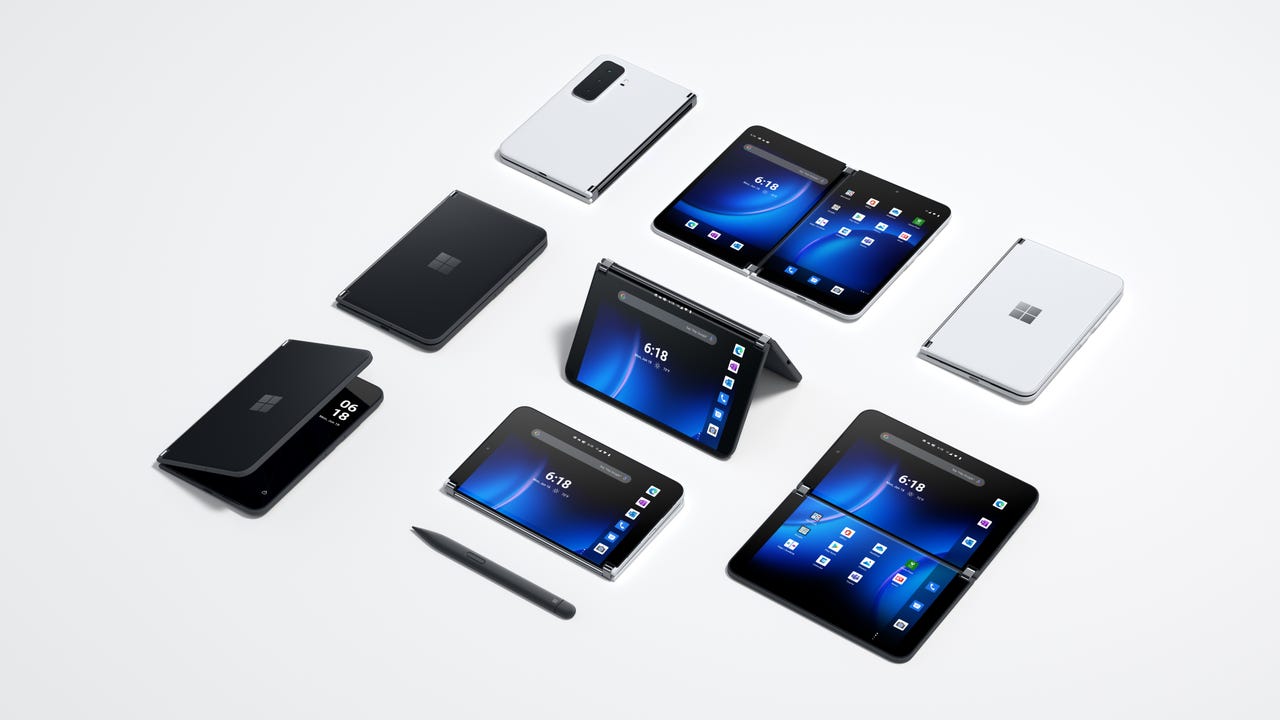Microsoft takes another crack at a dual-screen Android phone with Duo 2


Microsoft's first iteration of a dual-screen Android device didn't take the world by storm, to put it mildly. But the Redmondians are back with Surface Duo 2, which the company is unveiling officially today, September 22.
The Surface Duo 2 features the Qualcomm Snapdragon 888 5 G processor platform; two 8.3-inch displays connected by a much tighter hinge and a triple-lens camera which creates a bump on the back of the device. Microsoft is saying it has switched up the internals so it's more responsive and has better battery life than the original Duo. The Duo 2 will ship with Android 11.
First Look: New Surface PCs include Android-based Duo 2 [in pictures]
I was one of the fortunate few who got a Surface Duo review unit from Microsoft last fall. And like the vast majority of reviewers, I found the Duo hardware to be impressive, but the software and overall experience to be confusing and incomplete. I have not received a Duo 2 for review (and don't know whether or not I will at this point). But I did get to see it in person and hold it for a few minutes at the New York Microsoft Experience Center in the former flagship Microsoft Store. It felt snappier and more intuitive in my brief time with it.
Microsoft officials seemed confused with the first Duo as to whether or not they wanted to call it a phone, even though it definitely could be used as one. With Duo 2, there's no mixed messaging. Microsoft is positioning the device to compete alongside flagship phones. It'll be a big one, with the width of each screen at 5.8 inches.
But the Duo 2 is much more than "just" a phone, officials like to say. And the new three-lens camera -- a huge improvement in terms of picture quality from what I got to see briefly this week -- is the tip of that iceberg. The camera allows users to choose between wide angle, telephoto or ultrawide, and the new camera is able to record 4K video at 30 and 60 frames per second. There's still also a front-facing 12MP camera. And there's a redesigned photo experience around it that uses OneDrive for storage and editing that was designed to work across two, side-by-side screens.
Also: Best foldable phones
It looks as though Microsoft has done work to make taking pictures less onerous, even though one does have to use the Duo 2 opened up to use the new rear-facing camera, which could be a tad awkward. There's a definite camera bump on the Duo 2, but it didn't seem to get in the way when the device was folded backward and was not super noticeable when bumpers and/or the pen cover were applied.
Unlike the original Duo, Duo 2 supports NFC. It also has a new "Glance Bar" that lights up with color indicators to show volume, charging and select icons and notifications that users can see even when the device is closed. The Duo 2 devices themselves are available in white ("Glacier") and black ("Obsidian"). There's also going to be a Surface Duo 2 Pen Cover that will allow a Surface Slim Pen 2 to stay securely affixed to the top of the closed device using a magnet.
Will the Duo 2 make me more of a believer in the alleged benefits of two phone screens, side-by-side? Will Microsoft have fixed its wonky Duo navigation so that the device is easier to figure out? Would I ever consider the Duo 2 to be a possible candidate for my phone? I guess I'll find out, one way or another, next month.
The Duo 2 will be available in Australia, Canada, Germany, France, UK, and the United States on October 21. Preorders start today, September 22, for consumer and commercial customers. Surface Duo 2's starting price is $1,500. Pens, bumpers, cases and earbuds are all sold and priced separately in the U.S. (Earbuds are included as part of the package in many European countries.)